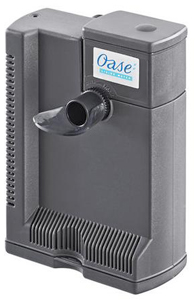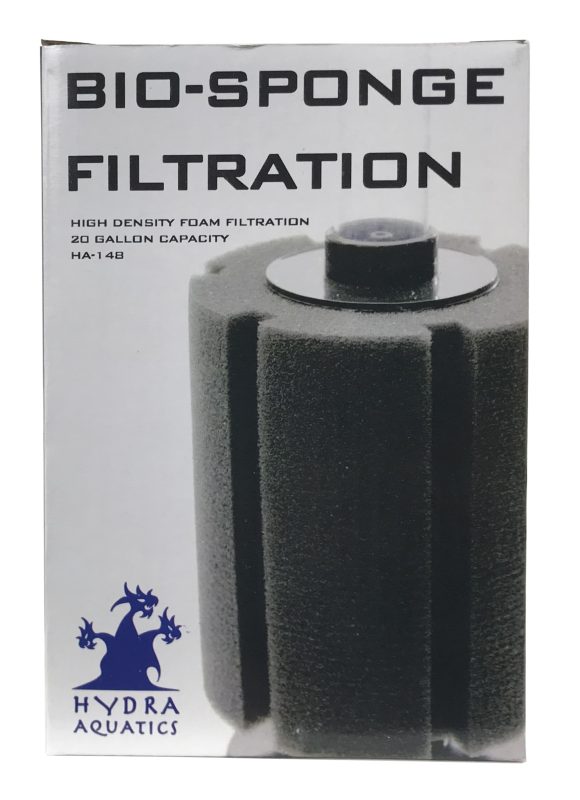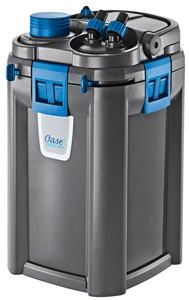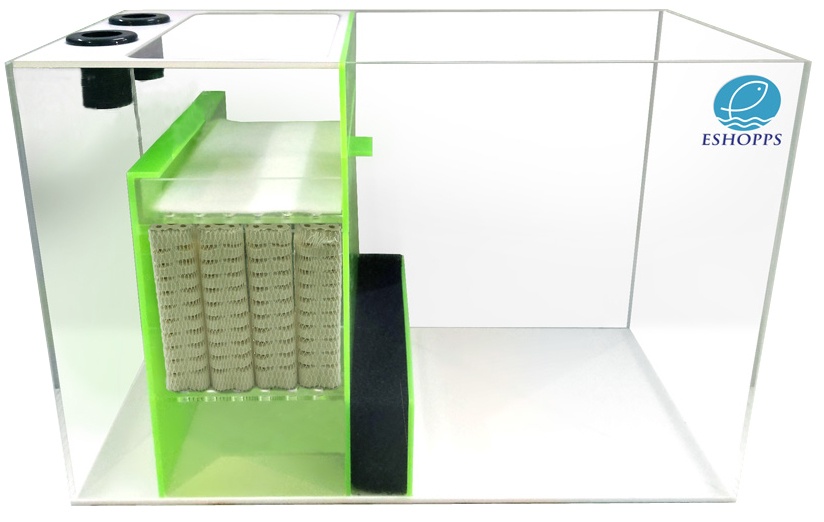8. Choosing the Right Filter Comparing The Different Types of Filtration

Learn about the different types of filters so you can choose what is best for your specific aquarium situation. Here are the pros and cons of the different forms of filtration for aquariums.
The single most important factor in successful fish keeping is water quality. Fish and other livestock, including invertebrates and plants, are captives in a tank environment so it is imperative that keepers accept the responsibility to ensure that that environment is clean, healthy and free of disease and disease-causing situations. Most new keepers, and some seasoned keepers as well, are unaware of how quickly ammonia can pollute an entire tank and kill fish within hours. Everything can look great but within a short span of time, everything is dead.
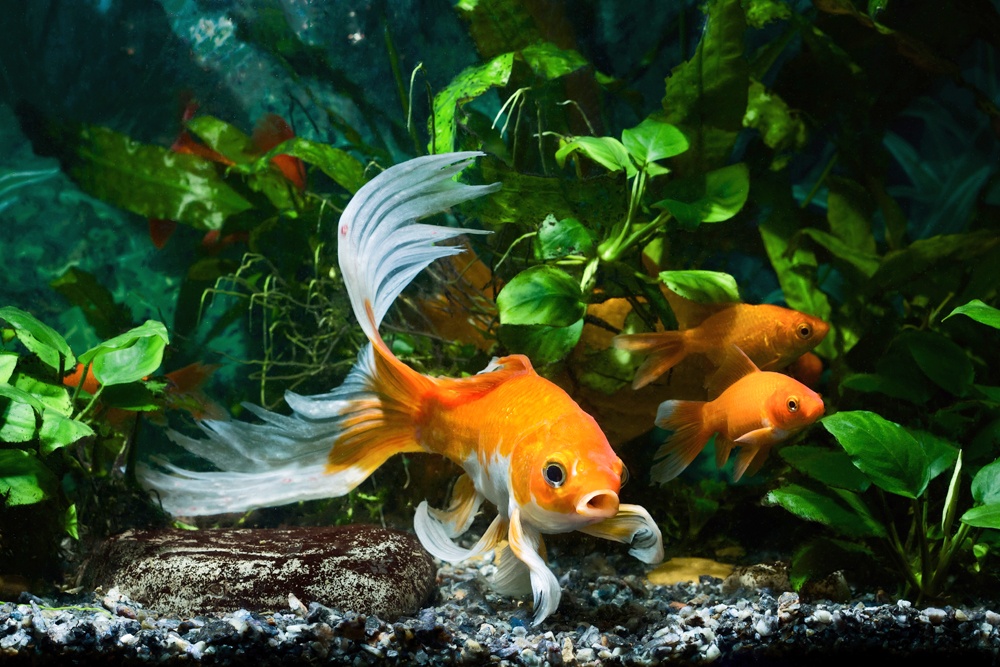
With the wealth of information, equipment and products available today, fish keeping should be easier and more successful than ever, but, unfortunately, too often keepers ignore the basic rules and face problems. Equipment and products may come and go, but the science of maintaining a clean, disease-free environment never changes.
Filtration is critical to water quality. A filter is a compact unit packed full of high surface area media where millions of beneficial organisms flourish. As the aquarium water, filled with fish waste and other debris, passes through the filter these organisms ‘consume’ the wastes, thus eliminating the pollutants that could eventually kill the fish. The market is saturated with filters of all types and choosing which type is right for you is an important decision. The first rule of fish keeping is – understand the Nitrogen Cycle. The second rule is to buy the best filter you can afford. Every single time your tank has water quality problems, the solutions are associated with these two rules.
Filter Types and Ratings
The filters types below are described and are given a rating system from 1-5, 5 being the highest based on the criteria listed below with a brief description of what each criteria means. “N/A” means that feature is not applicable to that filter type.
• Chemical Filtration – space to accommodate carbon, resins, phosphate removers, etc.
• Mechanical Filtration – capable of removing actual particulate material
• Biological Filtration – active surfaces for reducing ammonia and nitrite
• Ease of cleaning
• Economical to use
• Packing Life – time between cleanings and media replacement
• Aeration – capable of oxygenating the tank water
• Ease of setup
Hanging/Box Filters
Hanging or box filters are the most popular type of filter. Although easy to install and maintain, these filters require frequent cleaning and pad/sponge replacement. However, this is a fairly easy task. Remember, these units hold the aquarium away from the wall 3-5 inches. For better water quality, opt for multiple box filters instead of bells and whistles. If one filter goes down, there is a backup. Never change both pads in a double padded filter or both filters in a dual box filter setup at the same time when cleaning. Alternating the media replacement preserves important bacteria. Some filters have room for additional bio media which should be used. Some have aeration features – moving surface water also aerates but remember, heavily loaded systems benefit from a decoratively placed airstone or addition internal or sponge filter.
Prefilters, like the AquaLife Prefilter, fit most models and increase biological and mechanical filtration while preventing small fish and invertebrates from being injured. Rinse these filters at the first sign of reduced flow.
Chemical Filtration √ √ √
Mechanical Filtration √ √ √
Biological Filtration √ √ √
Ease of cleaning √ √ √ √ √
Economical to use √ √ √
Packing Life √ √ √
Aeration √ √ √
Ease of setup √√√√
Internal Filters
Many filters fall into this category. They include internal sponge, powered internal, and internal box or canister filters, which can be air powered and motor powered. Breeders love them. They are easy to use, low-cost, low-hassle filters. They all aerate and biologically filter. The old fashioned, floss-filled internal air driven box or canister filter is great for breeding tanks, small tanks, or quarantine tanks. Internal filters can be packed with a range of filter media for biological, chemical or mechanical filtration depending on the application. Because they operate by forced air, they both aerate and filter the water. If a larger tank is having problems, add an internal filter filled with high quality carbon and floss. The disadvantages of filters in this class is size. They are simply too small to handle a large fish load, must be hidden, and take up space in the aquarium.
Chemical Filtration √ √
Mechanical Filtration √ √ √
Biological Filtration √ √ √
Ease of cleaning √ √ √
Economical to use √ √ √ √ √
Packing Life √ √
Aeration √ √ √ √
Ease of setup √ √ √ √ √
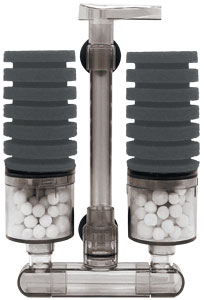
Pleat Filters
While we don’t stock them regularly, pleat filters are a great form of mechanical filtration. If removing small particles prior to a UV sterilizer, carbon, or heater chamber is your goal, these are the type of filters you are looking for. Pleat filters, however, do come with a price. Most of the filters in this category require advanced installation abilities and are best suited for commercial or large scale use. They also are best used with some form of biological filtration and additional aeration. Large sand filters, while not actually pleat filters, are included here. When packed with sand, they are used for large scale mechanical filtration and they also have biological capabilities. Consider them also with modified packing for koi ponds – The Ultimate Koi Pond
Chemical Filtration NA
Mechanical Filtration √ √ √ √ √
Biological Filtration √
Ease of cleaning √ √ √
Economical to use √ √ √ √
Packing Life √ √ √
Aeration √
Ease of setup √

Canister Filters
Canister filters are quiet-running filters with high biological capacity and should be considered second choice to trickle filters. Canister filters have both pros and cons. The better designed units have good chemical filtration because no water by-passes the media. Canisters are also ideal for planted freshwater systems or when trickle filters are simply too large for the application. Canister filters provide long service life if packed properly with quality media and are economical to operate compared to box filters. Remember, these filters are closed systems and usually have lower flow rates. Use a small air pump and a decoratively placed airstone in aquariums without live plants or in saltwater systems without protein skimmers. Air pumps increase oxygen levels and act as a fail-safe in the event of a filter failure. Choose a canister filter one size larger than manufacturers recommend for heavily loaded systems or for saltwater. Larger filters are more efficient and have higher flow rates. Stay away from filters that use small internal baskets for media. Better units have either large internal baskets or trays and can be completely packed using 99% of their space for media.
Chemical Filtration √ √ √ √ √
Mechanical Filtration √ √ √ √
Biological Filtration √ √ √ √
Ease of cleaning √ √ √
Economical to use √ √ √ √
Packing Life √ √ √ √
Aeration √ √
Ease of setup √ √ √
Trickle Filters and Sumps
Trickle filters and Sumps are the best choice for tanks above 30 gallons. This is the most important decision fish keepers can make. Saving a few dollars at this stage can mean countless dollars in fish losses. Under-filtered tanks cause problems again and again and make fish keeping a headache instead of a pleasurable, exciting hobby. Good mechanical and biological filtration maintains robust oxygen levels and keeps harmful fish waste and other decaying debris from polluting the water and killing fish. Trickle filters, because of their size and expanded biological surface area, perform these tasks better than any other form of filtration and should always be considered the first choice. Trickle filters are more reliable and easier to maintain. Since there are no costly cartridges to replace, trickle filters are also more cost effective to operate.
Chemical Filtration √ √ √ √
Mechanical Filtration √ √ √ √ √
Biological Filtration √ √ √ √ √
Ease of cleaning √ √ √ √ √
Economical to use √ √ √ √ √
Packing Life √ √ √ √ √
Aeration √ √ √ √ √
Ease of setup √ √ √
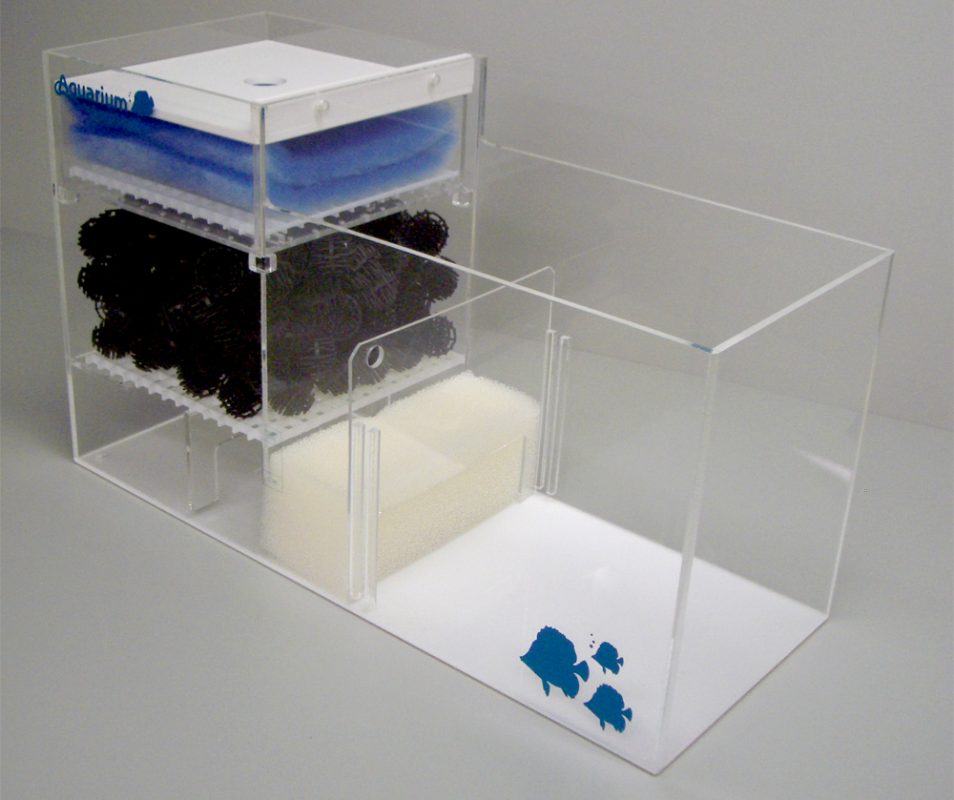
See All Trickle, Refugium, Wet Dry and Berlin Filters
Miscellaneous Filters
Many odd filters with specific applications fit into this category. Surface skimmers and various filter add-on units are available to supplement the main filtration system. If you have a canister or box filter and want a surface skimmer or you are looking for more advanced odd filters, look here.

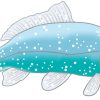 Freshwater Fish Disease and Treatment
Freshwater Fish Disease and Treatment